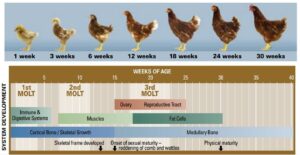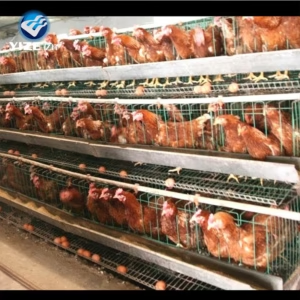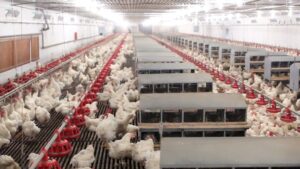Fossils are preserved remains, impressions, or traces of organisms from the remote past, usually embedded in sedimentary rocks. Fossilization is a rare process that involves chemical and physical changes over millions of years. Different types of fossilization processes result in various fossil forms, including moulds, casts, pseudomorphs, coprolites, and petrified fossils. Studying these forms provides deep insights into the ancient flora and fauna, evolutionary biology, paleoenvironments, and extinction events.
Thank you for reading. Don't forget to subscribe & share!
1. Mould Fossils: A mould is a negative impression of an organism left in sediment after the organism decays or dissolves.
Types: External mould – impression of the outer surface of an organism (e.g., shells, leaves)
Internal mould – impression of the inside, often formed when internal cavities fill with sediment
Example: Shellfish imprints in limestone or sandstone
Significance: Preserves fine surface details of organisms Useful in reconstructing external morphology
2. Cast Fossils: A cast is a positive replica of an organism, formed when a mould fills with minerals or sediment that hardens.
Formation: Follows mould formation → mineral-rich water enters the cavity → deposits solid minerals
Example: Casts of trilobites, mollusks, and dinosaur bones
Significance: Helps visualize 3D structures of extinct species Complements data from mould fossils
3. Pseudomorphs: Pseudomorphs are mineral replacements of the original organic or inorganic material, mimicking the original shape but not the original substance.
Process: The original material dissolves and is replaced molecule-by-molecule by another mineral (e.g., silica, calcite)
Example: Silicified wood (wood replaced by silica). Pyrite replacing shell structures
Significance: Important in paleobotany and mineralogical studies Reveals replacement and preservation mechanisms
4. Coprolites (Fossilized Feces): Coprolites are fossilized droppings of animals that contain undigested food materials, bones, plant matter, and microorganisms. Diet and feeding behavior of extinct organisms. Ecosystem food chains and predator-prey relationships. Gut flora of extinct animals
Example: Dinosaur coprolites with crushed bones or plant fibers
Significance: Valuable in paleobiology and paleoecology. Used to reconstruct ancient habitats and food webs
5. Petrified Fossils (Permineralization): Petrification is the process in which organic material is replaced or filled with minerals, turning it into stone while retaining the original structure.
Common in:
Wood (petrified wood)
Bones and shells
Process: Water containing dissolved minerals infiltrates cellular spaces
Gradual mineral deposition preserves fine structural detail
Example: Petrified forests. Dinosaur bones preserved in silica or calcium carbonate
Significance: Maintains microscopic and anatomical details. Crucial for studying structure and evolution
Scientific Importance of These Fossil Types
| Fossil Type | Scientific Insight |
| Mould | External morphology and species identification |
| Cast | 3D anatomical structure and body shape |
| Pseudomorph | Chemical alteration and fossilization process |
| Coprolite | Diet, digestion, and paleoecological interactions |
| Petrified fossil | Internal structures, growth patterns, and tissues |









